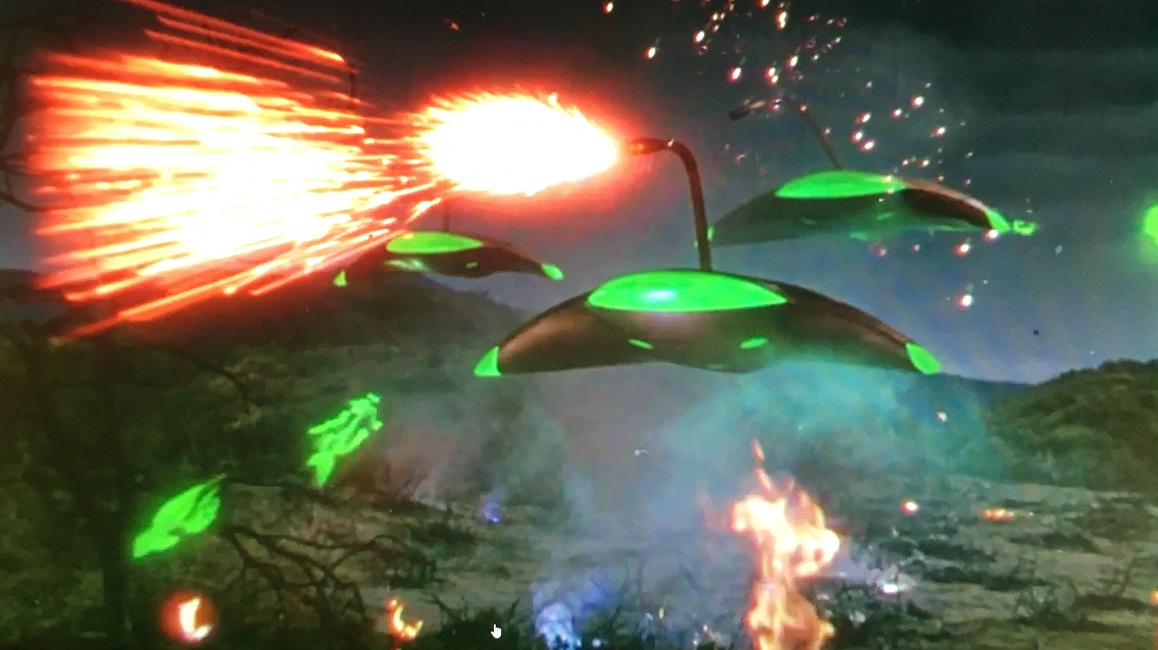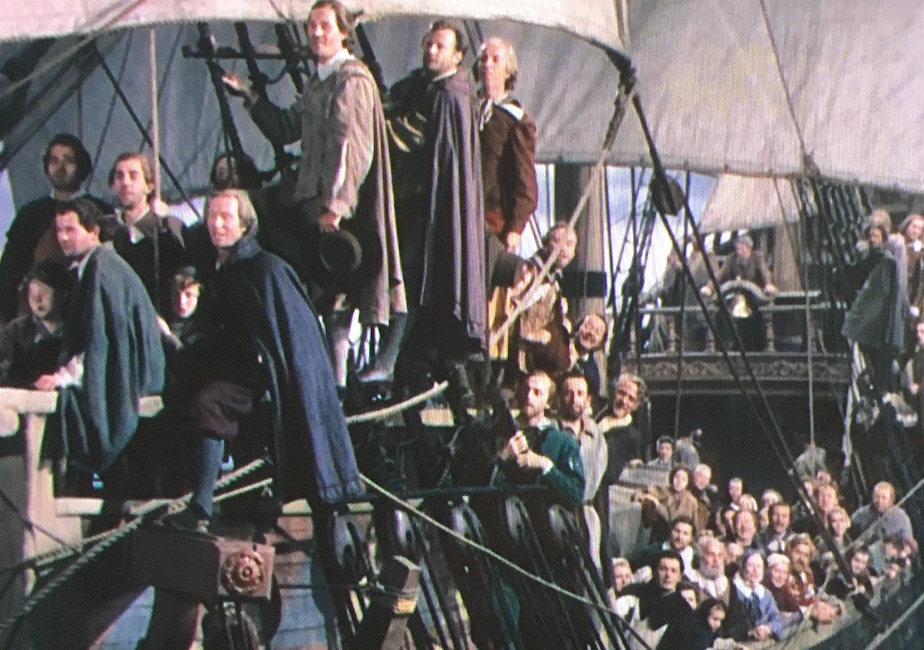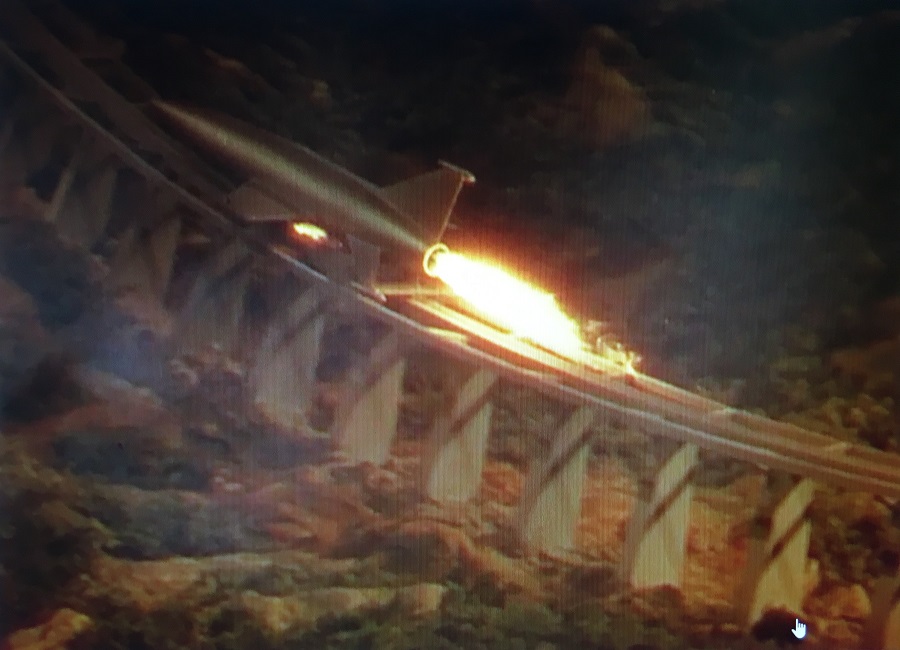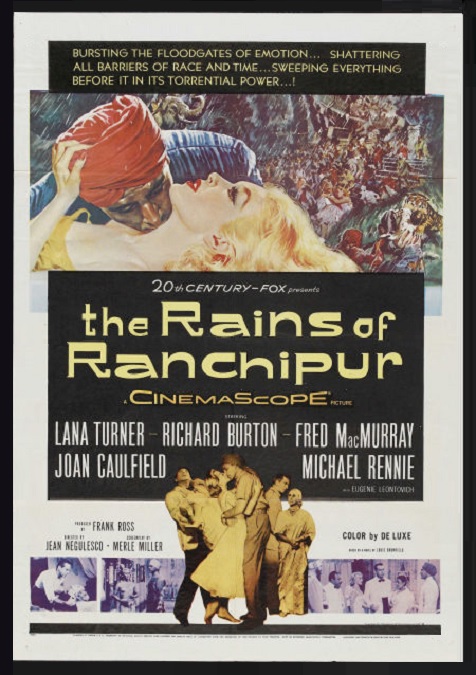



The Rains of Ranchipur – 1955 This movie was a remake of the 1939 Best Special Effects winner, The Rains Came. There were very few significant changes to the story line, and the visual effects covered the exact same natural disaster. But this time it was all in Technicolor. The only real addition was a short and quick tiger attack, and a toppling palace. So why did I give this film only three stars when its predecessor had five?
This movie was a remake of the 1939 Best Special Effects winner, The Rains Came. There were very few significant changes to the story line, and the visual effects covered the exact same natural disaster. But this time it was all in Technicolor. The only real addition was a short and quick tiger attack, and a toppling palace. So why did I give this film only three stars when its predecessor had five?
Well, The Rains Came was made a decade-and-a-half earlier. By the mid-50s, they should have perfected some of these techniques, and there were certain shots that looked shoddy. For example, in this movie, there is a small conversation that takes place between our two romantic leads, Richard Burton and Lana Turner. They are walking towards the camera as they talk, but the rear-projected background looked horrible. It appeared not only out of focus, as might be expected, but it was grainy as well, as if I was seeing just the background through a dirty window. Meanwhile, the actors were perfectly clear and in focus.
Another problem I had was the flood sequence. Most of it was pretty spectacular. The breaking of the dam was pretty impressive, though the strange looking water gave away the fact that it was a scale model. But never-mind that. What bothered me were the shots where great bouts of water crashed over the screaming people, sweeping them all away. In a few of the shots, the people seemed to disappear before the water had completely covered them. It just looked a little off.
But everything else was actually pretty impressive. There was the massive earthquake that opened up fissures in the ground which swallowed the screaming crowds. Buildings were crumbling left and right, and the heavy rain never stopped. The destruction of the palace with the onion domes was very cool. There was also an awesome dynamite explosion set off to clear heavy debris from a clogged water-way, allowing the water lever in the city to recede. The movie had no shortage of Special effects, and while many of them were quite good, a few of them were not.
And lastly, I need to mention the sound. On Wikipedia’s list of Special Effects nominees, from 1949 to 1956, specific names of effects artists are not given, only the names of production studios. Then from 1957 to 1962, specific artist for either visual or audible effects are given. Then in 1963, Visual Effects became its own category, separate from sound effects. I only mention all this because the sound in this movie was off, not in the action sequences, but in the regular dialogue. The sound quality often changed dramatically, depending on the camera angle in a single scene. From one angle, they sounded like they were talking in a small room, while from another they sounded like they were talking in a large hall with high ceilings. I expect better from an Oscar nominee.
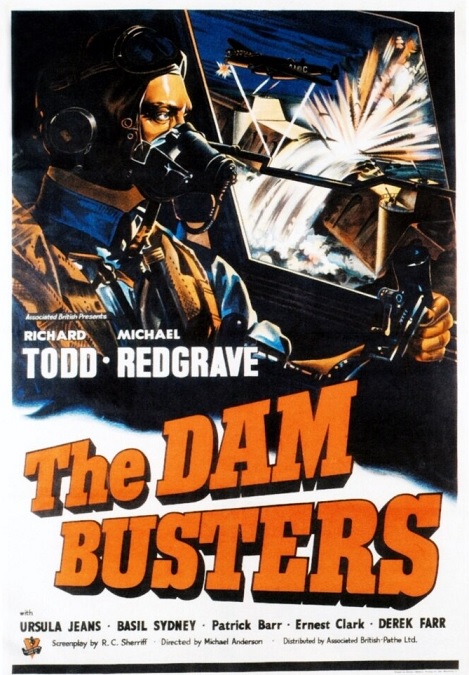
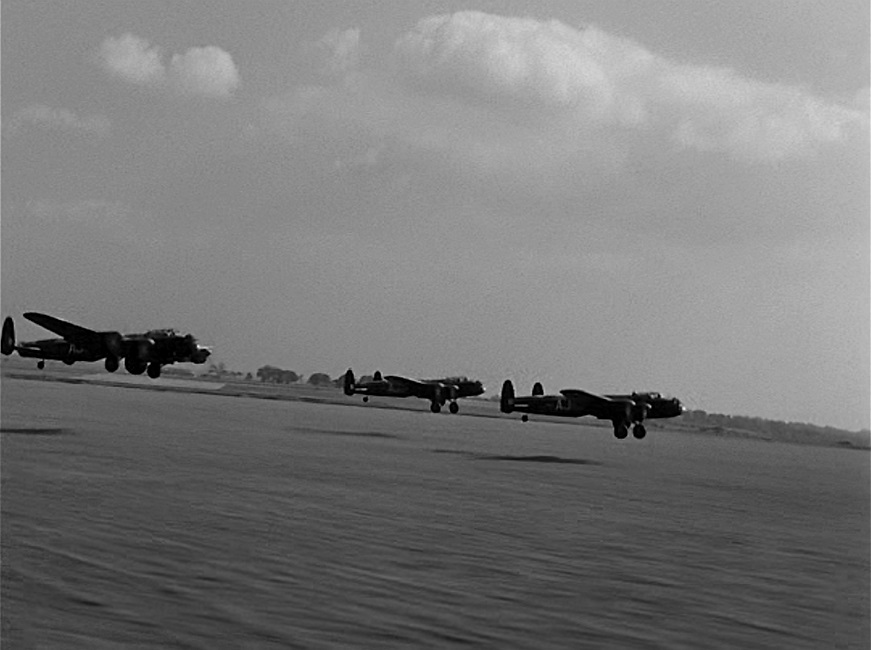
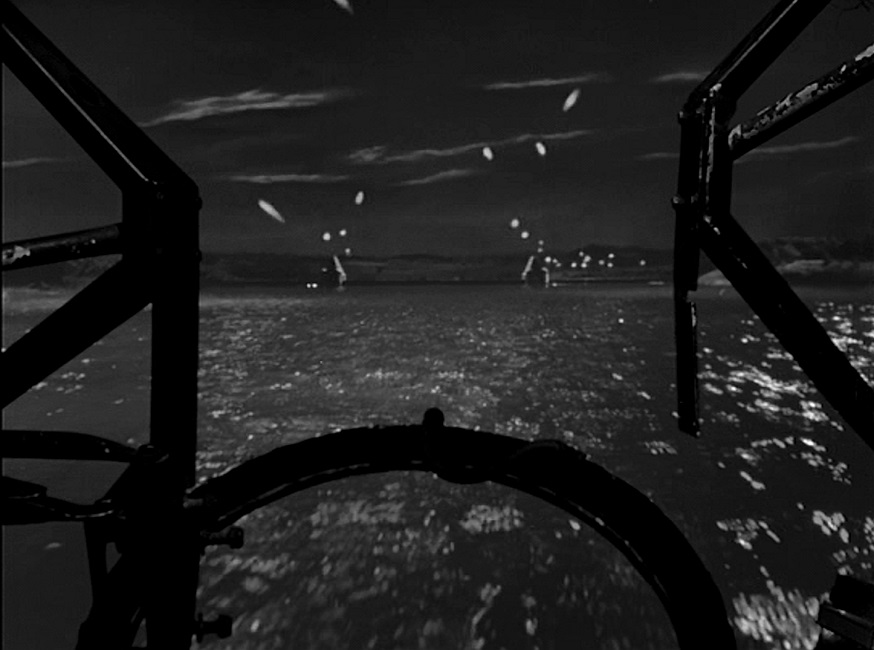
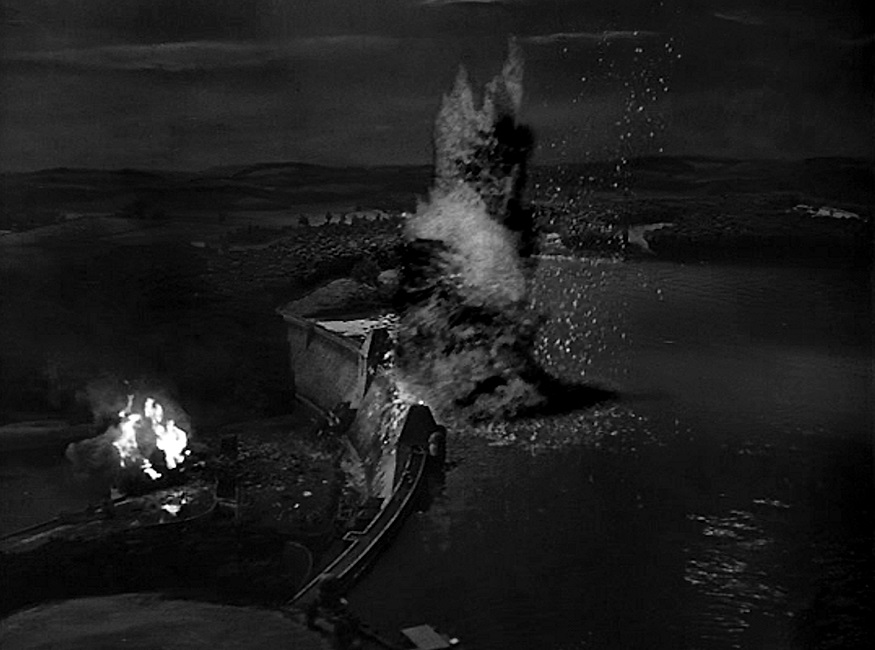





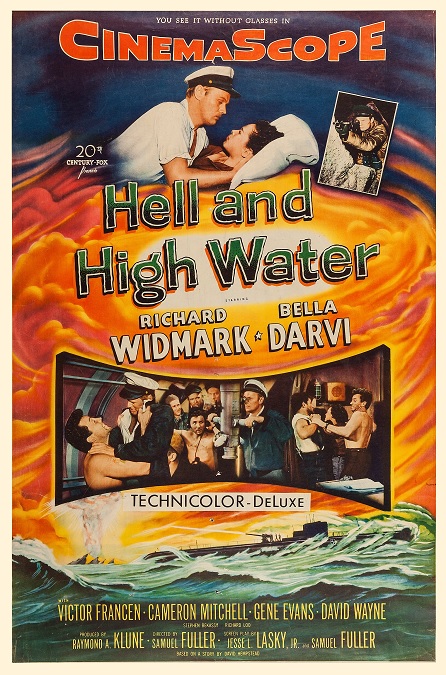
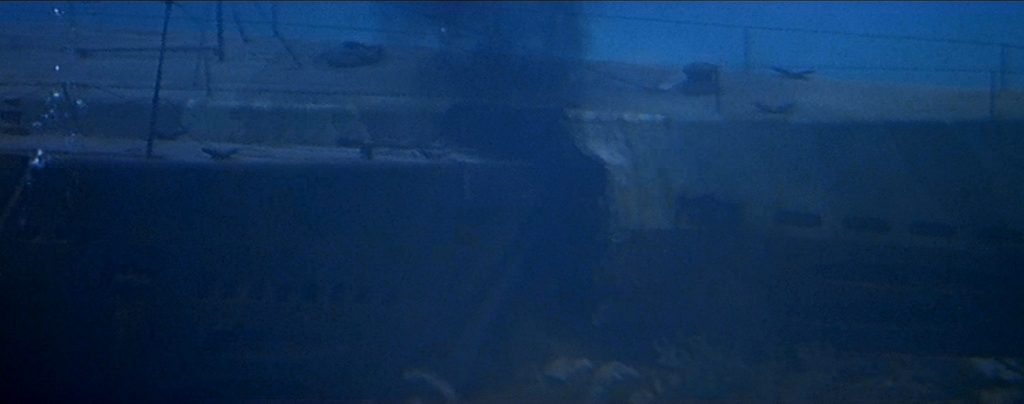
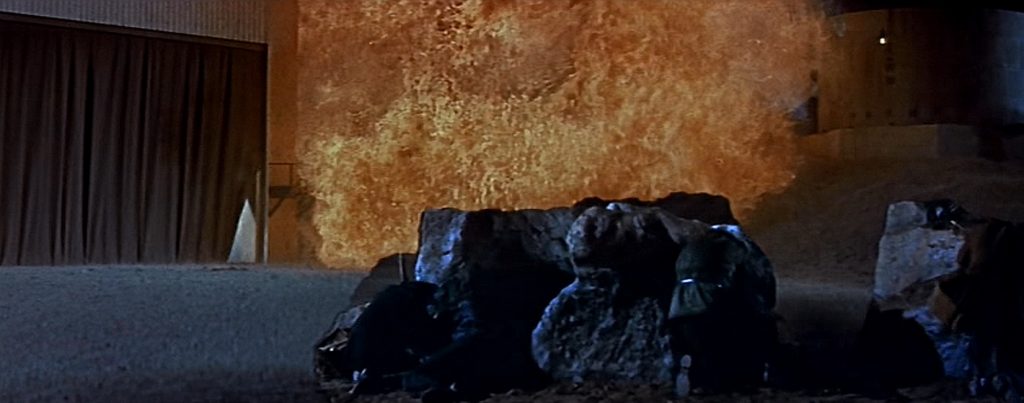
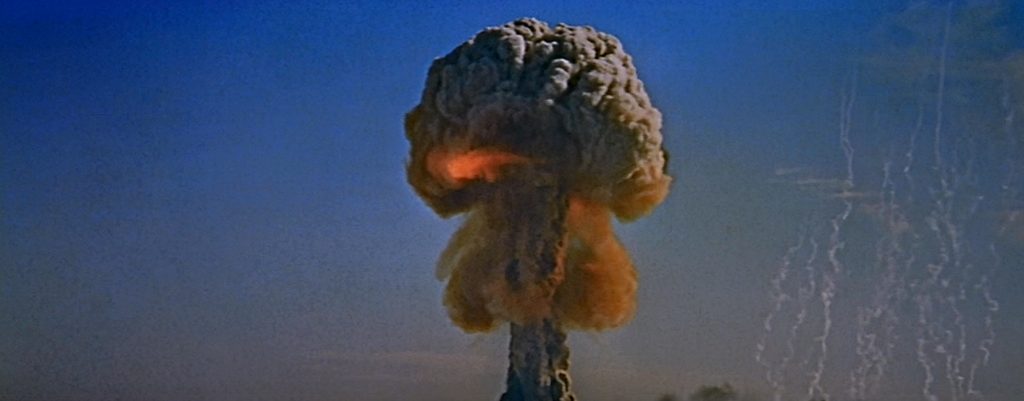




 I don’t understand what was so special about the special effects for this movie. They used some very big animatronics, and that was their big draw, but I wasn’t impressed. The giant ants looked fake, moved slowly, and appeared to be very clunky. And I’m not just saying that based on today’s standards. This movie looked like it could have easily come out in the 1930s.
I don’t understand what was so special about the special effects for this movie. They used some very big animatronics, and that was their big draw, but I wasn’t impressed. The giant ants looked fake, moved slowly, and appeared to be very clunky. And I’m not just saying that based on today’s standards. This movie looked like it could have easily come out in the 1930s.

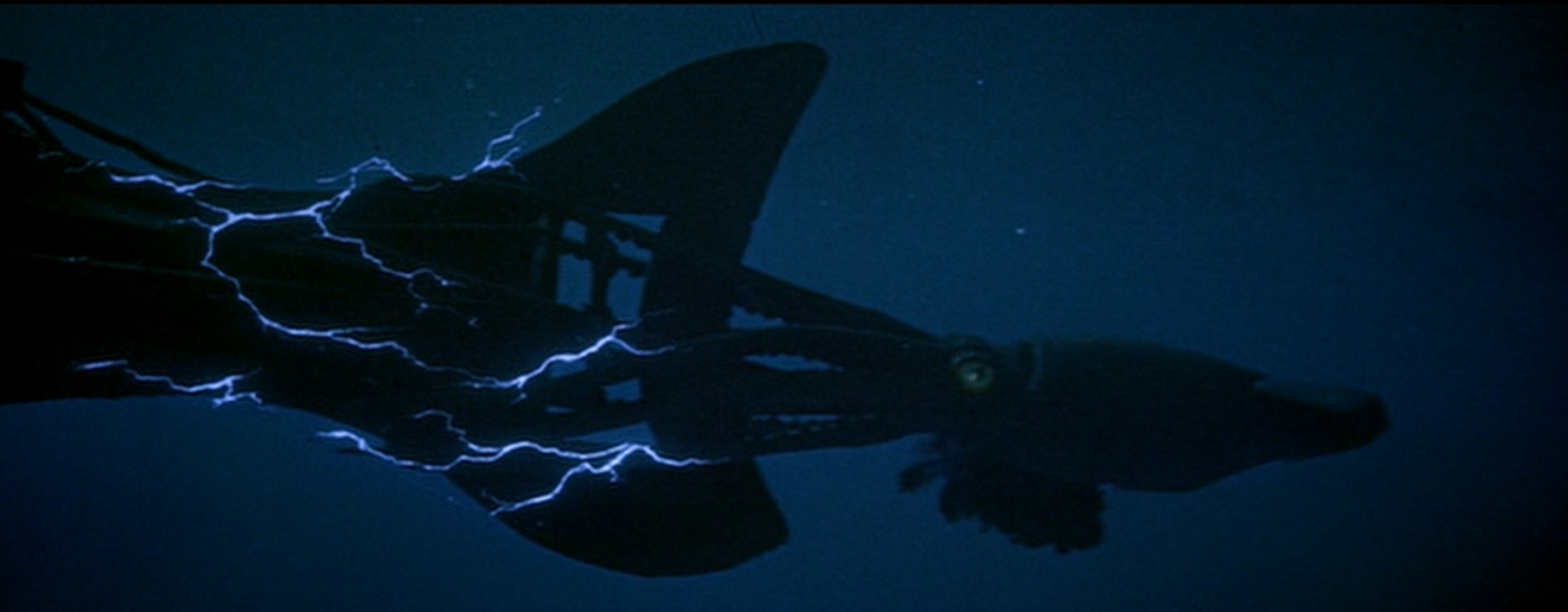

 Here we have Disney finally throwing its hat into the ring, and their first venture was a good one. I remember seeing this movie as a young child and being mesmerized by the wonderful underwater imagery, the glowing lights of the Nautilus as it prepared to sink a ship, and the battle with the giant squid. It was a pretty magical piece of fantasy that Walt Disney brought to life to thrill audiences the world over.
Here we have Disney finally throwing its hat into the ring, and their first venture was a good one. I remember seeing this movie as a young child and being mesmerized by the wonderful underwater imagery, the glowing lights of the Nautilus as it prepared to sink a ship, and the battle with the giant squid. It was a pretty magical piece of fantasy that Walt Disney brought to life to thrill audiences the world over.
